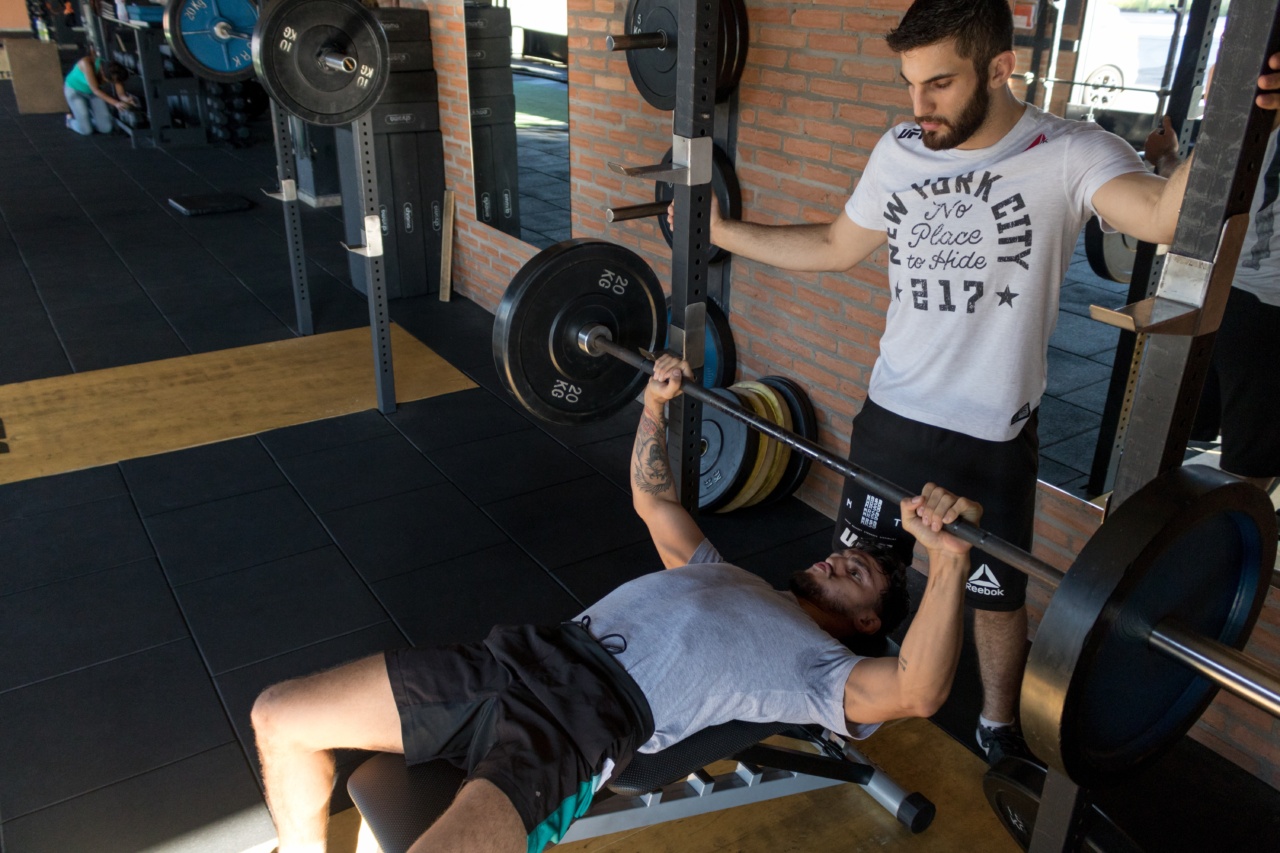Having strong lungs is crucial for overall health and well-being. Healthy lungs ensure that your body gets enough oxygen, which is vital for various bodily functions.
Engaging in specific exercises can help strengthen your lungs and improve their capacity. Whether you’re an athlete looking to enhance your performance or an individual who wants to boost their lung health, incorporating these powerful exercises into your routine can make a significant difference.
1. Deep Breathing Exercises
Deep breathing exercises are a great way to strengthen your lungs and increase their capacity. These exercises help to improve the efficiency of your lungs by engaging the diaphragm and encouraging deeper inhalations and exhalations.
You can start by finding a comfortable sitting or lying position. Place one hand on your abdomen and the other on your chest. Take a slow, deep breath in through your nose, allowing your belly to rise.
Hold the breath for a few seconds and then exhale slowly through your mouth, feeling your belly sink back down. Repeat this exercise for several minutes each day to gradually enhance lung function.
2. Cardiovascular Exercises
Engaging in cardiovascular exercises such as running, swimming, or cycling can significantly improve lung capacity and strength. These activities work your heart and lungs, making them more efficient at supplying oxygen to your body.
Start by incorporating 30 minutes of cardiovascular exercise into your routine, gradually increasing the duration and intensity as your fitness level improves.
3. Interval Training
Interval training involves alternating between intense bursts of exercise and periods of rest or lower intensity. This form of training challenges your lungs to work harder and adapt to fluctuations in demand for oxygen.
It can be especially effective in boosting lung capacity and strengthening respiratory muscles.
For example, you can try sprinting for 30 seconds, followed by a one-minute jog or walk to recover. Repeat this cycle several times during your workout session.
Over time, as your lung capacity improves, you can increase the intensity and duration of your intervals.
4. Diaphragmatic Breathing
Diaphragmatic breathing, also known as belly breathing, helps to maximize the use of your diaphragm while breathing. This exercise strengthens the diaphragm and promotes efficient oxygen exchange in the lungs.
To practice diaphragmatic breathing, sit or lie down comfortably. Place one hand on your chest and the other on your abdomen. Take a deep breath in through your nose, expanding your belly as you inhale.
Exhale slowly through your mouth, feeling your belly contract. Repeat this exercise for several minutes daily.
5. Singing
Singing is not only a joyful activity but also an excellent exercise for your lungs. It engages various respiratory muscles, improving breathing control and lung capacity.
Singing exercises can be particularly helpful for individuals with lung conditions such as asthma or chronic obstructive pulmonary disease (COPD).
Joining a choir or singing along to your favorite songs can help strengthen your lungs while enjoying the benefits of music therapy. Singing in different tones, pitches, and volumes challenges your lungs, enhancing their function over time.
6. Yoga and Breathing Techniques
Practicing yoga can have a positive impact on your lung health. Yoga poses, combined with specific breathing techniques, can improve lung capacity and flexibility while reducing stress and promoting relaxation.
Poses such as the Bridge Pose, Camel Pose, and Cow Pose gently stretch and expand the chest, allowing for deeper breaths and increased lung capacity.
Incorporating pranayama techniques like Kapalabhati (forceful exhales) and Anulom Vilom (alternate nostril breathing) can also enhance lung function.
7. Swimming
Swimming is an excellent exercise for developing stronger lungs. It involves coordinating your breathing with rhythmic movements of your arms and legs.
The resistance provided by the water challenges your respiratory muscles, making them stronger and more efficient.
By regularly swimming laps or participating in water aerobics, you can improve lung capacity while enjoying a low-impact workout. Aim for at least 30 minutes of swimming three to four times a week to reap the lung-strengthening benefits.
8. Inspiratory Muscle Training
Inspiratory Muscle Training (IMT) involves using specialized devices to strengthen the muscles involved in inhalation. These devices create resistance to breathing in, forcing your lungs to work harder and improving respiratory muscle strength.
Using an IMT device, such as a respiratory muscle trainer or inspiratory muscle trainer, can effectively enhance lung function and capacity. Start with a light resistance and gradually increase as you become more comfortable with the training.
Consult a healthcare professional to determine the appropriate IMT device and settings for you.
9. Jumping Rope
Jumping rope is a fun and effective exercise that can boost your lung health. It gets your heart pumping and challenges your respiratory system to deliver oxygen to your muscles efficiently.
The repetitive motion of jumping rope also helps strengthen your diaphragm and improve breathing control.
Start with a few minutes of jumping rope and gradually increase the duration as your fitness level improves. You can incorporate different variations such as high knees, double unders, or alternating jumps to further challenge your lungs.
10. Breathing Exercises with a Straw
Using a simple straw can provide resistance while performing breathing exercises, making your respiratory muscles work harder. This exercise helps to strengthen your lungs and improve their functionality.
To perform this exercise, sit or stand comfortably, and place a straw in your mouth. Inhale deeply through your nose and slowly exhale through the straw.
You can also try inhaling through the straw while blocking one nostril with your finger, then exhaling through the opposite nostril. Repeat these exercises several times a day to gradually increase lung strength.






























